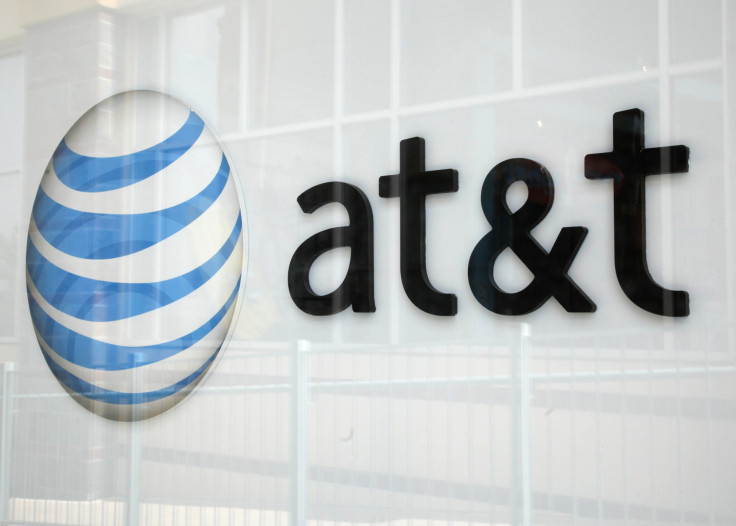AT&T Ignoring Poor Cleveland Neighborhoods, Residents Stuck With Slow Internet [Report]

AT&T is being accused of discriminating against low-income neighborhoods in Cleveland, Ohio for its lack of deployment of home internet and video technologies over the past decade, according to a report by the nonprofit National Digital Inclusion Alliance called AT&T’s Digital Redlining Of Cleveland.
Through Federal Communications Commission broadband data, Connect Your Community and the NDIA found there is “clear evidence” AT&T has ignored fiber-enhanced broadband improvements for most Cleveland neighborhoods with high poverty rates.
Read: Who is Ajit Pai? Trump Gives Chairman Five More Years On FCC
The investigation began after the CYC and NDIA found that many Cleveland residents were being labeled as ineligible for AT&T’s “Access” discount rate program because they couldn’t get AT&T connections at the 3 mbps download speed, which was then the program’s minimum requirement.
“We’ve come to believe that the ultra-slow AT&T Internet speeds available to those Access applicants reflect a larger problem: AT&T’s failure to invest to upgrade most of its Cleveland network to the company’s mainstream technology,” said the NDIA.
AT&T has three delivery technologies, the Fiber To The Home (FTTH), Fiber To The Node (FTTN) / VDSL, and ADSL2. FTTH, which is the newest and fastest of the three options, is not yet available in most of the Cleveland market. The FTTN is the current mainstream delivery technology in Ohio. AT&T’s FTTN system uses an advanced digital subscriber line technology called “Very-high-bit-rate digital subscriber line” (VDSL), which can transmit data downstream and upstream at the same time, at speeds of 100 mbps or more. With “Asymmetric digital subscriber line 2” (ADSL2), speeds depend on how far a “central office” is, since data travels to an AT&T “central office” via fiber optics, runs through a Digital Subscriber Line Access Multiplexer” (DSLAM) and is then sent over a copper loop to the customer’s location. AT&T’s ADSL2 has a maximum download speed of 18 to 24 mbps near the DSLAM, but quickly descends to 6 mbps, 3 mbps or less at distances over a mile.
The report found AT&T chose not to expand its FTTN VDSL infrastructure to the majority of Cleveland Census blocks, which includes the majority of blocks with individual poverty rates above 35 percent. Instead, those neighborhoods have been downgraded to ADSL2, which leads to much slower internet access speeds than the company provides to middle-income neighborhoods, mostly in the suburbs. The residents with ADSL2 are left with limited internet access, many with 3 mbps downstream or less. Many also have zero access to the competitive fiber-enabled video service that AT&T promised neighborhoods in 2007 in exchange for “cable franchise reform.”
The pink areas on the map below represent areas where more than 35 percent of residents live below the poverty line. The map shows AT&T’s Fiber To The Node network (FTTN), the faster service, covers most of Cuyahoga County suburbs, but not most Census blocks in Cleveland, especially those in high-poverty areas.
Another map shows AT&T’s FTTN network buildout in Cleveland was concentrated in middle-income areas.
The report found most of Cuyahoga County’s areas are fully covered by FTTH/VDSL service, while most of Cleveland is not.
“There’s a glaring correlation between areas where AT&T has not invested in FTTN service and areas of high poverty,” the report said.
Here are more key points highlighted in the report:
13,457 Census blocks in Cuyahoga County are served by AT&T with ADSL2, VDSL, or FTTH service. Of the 5,567 blocks located in the city of Cleveland, just 34 percent, 1,904 , have their Maximum Advertised Download Speeds provided by VDSL or FTTH.
FTTN is unavailable in lower-income areas because AT&T fails to deploy FTTN anywhere in the areas of four “central offices” with large lower-come customer bases. Instead customers are stuck with ADSL2.
22 percent of Cleveland Census blocks had maximum residential download speeds of 3 mbps or less, while 55 percent had maximum download speeds no greater than 6 mbps.
Overall, there has been a digital divide in America, as low-income Americans are widely left out of internet services, even in Urban areas.Poor neighborhoods in urban areas are three times more likely to lack broadband when compared with rich neighborhoods, an investigation by The Center For Public Integrity found last year.
© Copyright IBTimes 2025. All rights reserved.



















